As you progress through your journey of fishkeeping there are some inevitabilities you will encounter. They can be anything from aquarium fish diseases, unexpected hitchhikers, and reef algae. Unfortunately, outbreaks of reef algae will occur, and finding an appropriate solution is essential. Algae, although seemingly harmless can cause an abundance of issues for your tank and fish community.

Lowering phosphates and nitrates can help prevent issues with algae, however, it is unlikely to completely solve the problem, especially once algae properly establishes itself within your aquarium. Some types of reef algae can be prevented via UV sterilizers, and also dosing magnesium and, or other additives can help with certain algae. Using refugium or Algae Turf Scrubbers certainly do a job on removing unwanted algae too as a preventative, and even controlling numbers if an outbreak was to occur.
A common practice many people adopt when trying to remove reef algae from their tank is introducing saltwater algae eaters that come in the form of either fish or invertibrates. It is important to remember that when introducing anything new to your tank, and in this case, to prevent or reduce an algae issue, you must quarantine them in a separate tank before the introduction to your community. If you do not quarantine any new addition to your tank, your community could be in huge trouble.
Different Types Of Algae And How To Remove Them
Listed below will be a list consisting of the most common types of reef algae, for you to identify, and also solutions will be offered of how to either reduce numbers, prevent the algae from appearing, or to totally rid of all unwanted reef algae.
Diatoms
This type of common algae will typically appear in your tank after the recent introduction of sand, rock, or plastic.
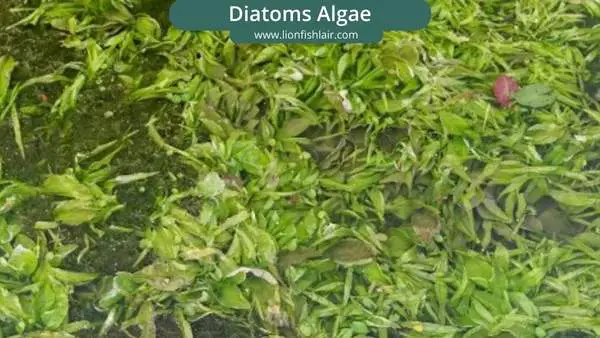
The best method of removing this alga would be to simply wipe the glass that they are stuck to, blow rocks with a turkey baster, or siphon sand.
The most proficient way of removing these algae without having to actually do anything is to simply starve them out.
Red Cyanobacteria
This type of algae will likely appear in your tank due to high phosphate levels, and also high light levels.
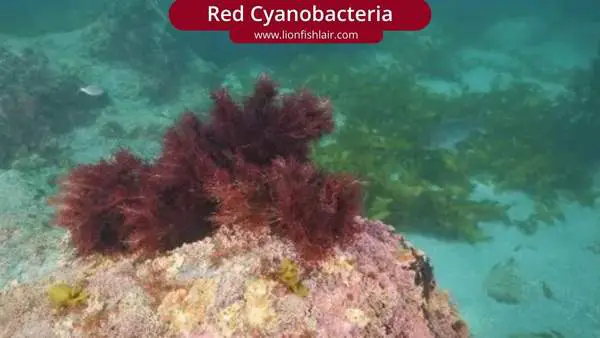
The best way of removing the alga is to wipe the glass, brush the rock, or coral lightly, or use siphon sand.
You can also use phosban, macroalgae refugium, an algae scrubber, increase the number of live rocks in your tank, or even introduce a clean up crew!
Blue/Green Cyanobacteria
This type of algae will, again, likely appear in your tank due to high phosphate levels, and also high light levels, and low water flow.
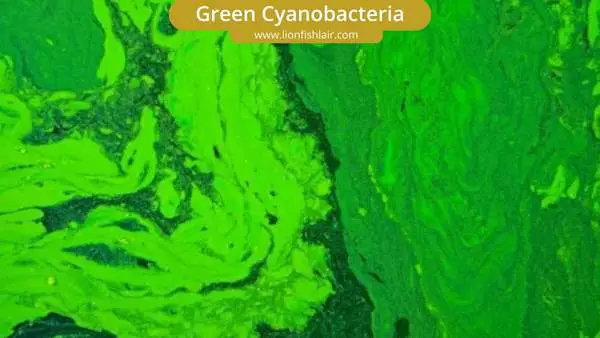
You can also use phosban, macroalgae refugium, an algae scrubber, increase the number of live rocks in your tank, or even introduce a clean up crew.
Calothryx Cyanobacteria
High phosphate levels are certainly the main cause of this bacteria appearing in your tank. Relieving your tank of this algae is probably best done through scrubbing the rocks they appear on, using a brush.
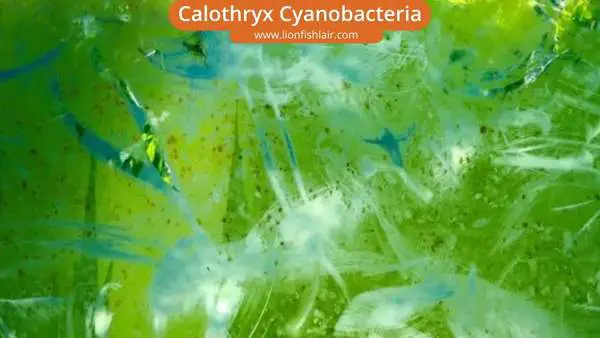
The best cure would be using a UV sterilizer, peroxide dosing, and, or, introducing a clean up crew.
Lyngbya Cyanobacteria
This type of algae will, again, likely appear in your tank due to high phosphate levels, and also high light levels, and low water flow.
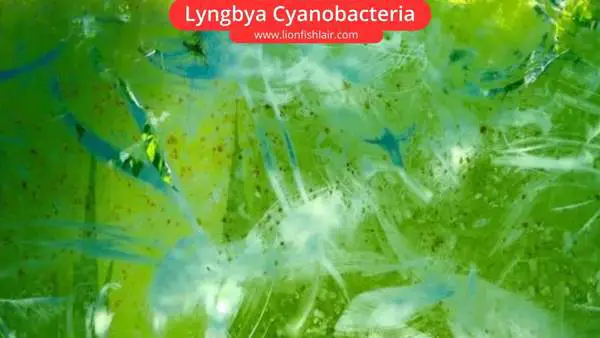
Lightly brushing rocks and corals is a good prevention method, also using net mass is a good idea. Curing your tank of this algae can be done with the following: phosban/GFO, macroalgae refugium, algae scrubber, increase live rock, introducing a Clean Up Crew.
Green Film Algae
These algae will appear if you have recently added sand, rock, or plastic to your tank. Clean up methods include, wiping glass, scrubbing rocks, or using siphon sand.
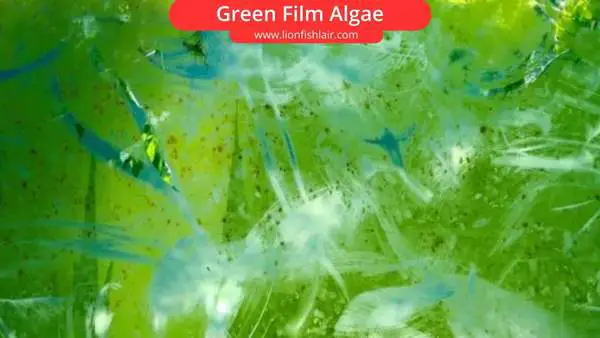
Here are methods of curing your tank of this algae, by using phosban/GFO, macroalgae refugium, algae scrubber, increase live rock, increase water flow, add a clean up crew.
Green Hair Algae
High phosphate/high nitrate levels will cause these algae to appear and spread like wildfire. The best methods for cleaning these out are pulling them out, or using net sand.
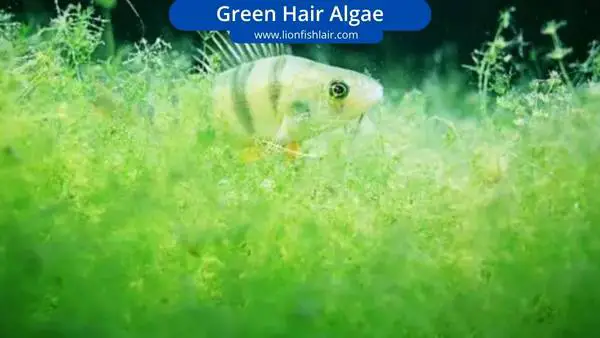
To cure a pre-existing infestation you can use a macroalgae refugium, algae scrubber, increase the amount of live rock, or use a clean up crew.
Bubble Algae
High phosphate/high nitrate levels will cause these algae to appear and spread within your tank. The best methods for cleaning these out are pulling them out, or using net sand.
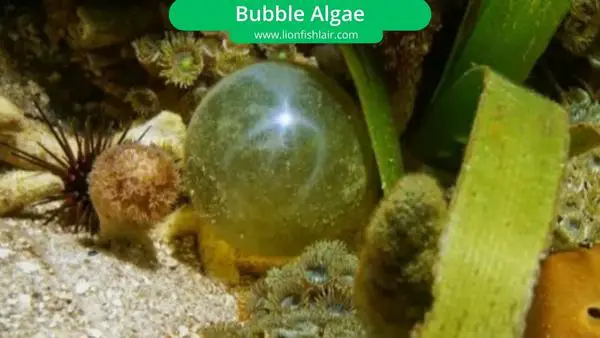
To cure a pre-existing infestation you can use a macroalgae refugium, algae scrubber, increase the amount of live rock, or use a clean up crew.
Conclusion
In conclusion, algae breakouts are almost certainly going to occur at one point or another. However, with good practices in terms of keeping your reef tank in good condition, and by using the right and suggested methods you should be able to reduce the threat significantly, and remove any unwanted algae when/if it does appear, without having to perform a complete tank breakdown.
Also, an incredibly important aspect of this practice, as well as many other things in the aquarist game, is to make sure you quarantine anything new you put in your tank and subsequent aquarium. It is easy to do, and not particularly time-consuming either. Honestly, quarantining new arrivals will prevent major issues and problems in the future.
